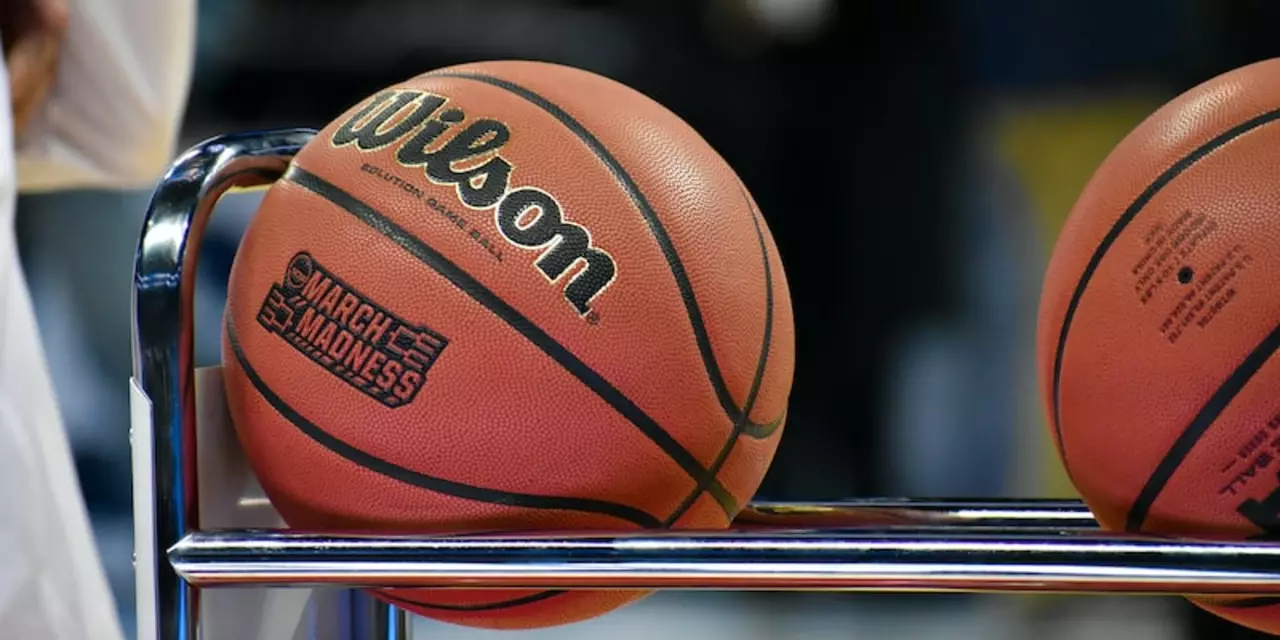Basketball Etymology: Where the Game’s Words Come From
If you’ve ever wondered why we call a fast break a "fast break" or why a missed shot is a "brick," you’re not alone. The language of basketball is full of slang, borrowed words, and old‑school phrases that tell a story about the sport’s growth. Let’s break down some of the most common terms and see how they landed on the court.
How the Basics Got Their Names
First up, the word "basketball" itself. James Naismith invented the sport in 1891 and named it after the two key elements he used: a soccer ball and two peach baskets nailed to a gym wall. Simple, right? The name stuck because it described exactly what was happening – you’re trying to get a ball into a basket.
The term "dribble" comes from an old English verb meaning "to draw a liquid in small drops." In early basketball, players would bounce the ball repeatedly to move it forward, mimicking that droplet motion. Over time, dribbling became a core skill, and the word stuck.
"Layup" is a straightforward description: you lay the ball up against the backboard and watch it drop through. The phrase appeared in newspaper reports in the 1920s and quickly became part of the standard playbook.
Slang, Street Talk, and Modern Buzzwords
Street basketball is where the language really got funky. "Slam dunk" originally meant a powerful, forceful dunk – "slam" from the idea of slamming a door shut, and "dunk" from dunking a biscuit in tea. The term was popularized in the 1970s when the NBA started a dunk contest, and now it’s used for anything spectacular.
Ever heard a player say they "got a brick" after a bad shot? That comes from the visual of a solid, heavy object that just won’t go in the hoop – like throwing a brick at a window. The phrase dates back to the 1990s and is now a staple of post‑game recaps.
"Triple‑double" is a stat term that means a player records double‑digit numbers in three categories (points, rebounds, assists, etc.) in a single game. The phrase emerged in the 1980s when stats became more detailed, and fans started shouting it whenever a player hit that rare milestone.
And let’s not forget "pick and roll." The "pick" is a screen, a move borrowed from the word "pick" meaning to choose a spot to block an opponent. The "roll" describes the screener’s motion as they pivot and move toward the basket. Together they form the most common offensive set in modern basketball.
These terms aren’t just words – they’re shortcuts that let players, coaches, and fans communicate fast. Knowing the origins helps you appreciate why the language feels so natural on the court.
So next time you hear someone call a shot a "brick" or cheer a "slam dunk," you’ll know there’s a story behind those words. Understanding basketball etymology adds another layer to the game, making every play feel a little richer.
Want to keep the vocab fresh? Pay attention during games, listen to commentators, and don’t be afraid to ask teammates what a new phrase means. The more you know, the more you’ll feel part of the basketball conversation.
Why were basketball players sometimes called 'cagers'?
Basketball players have been referred to as cagers since the early 1900s, when the sport was first gaining popularity in the United States. The term is derived from the wire cages that were used to keep spectators out of the courts and to keep the ball from leaving the court. This term was used to refer to those who played and watched the sport, which was the first step in creating a distinct culture around the game. As basketball continued to grow, the term cager became a sign of respect and admiration for those who play the sport. Today, the term is still occasionally used, though it has largely been replaced by words like hooper or baller.
read more
